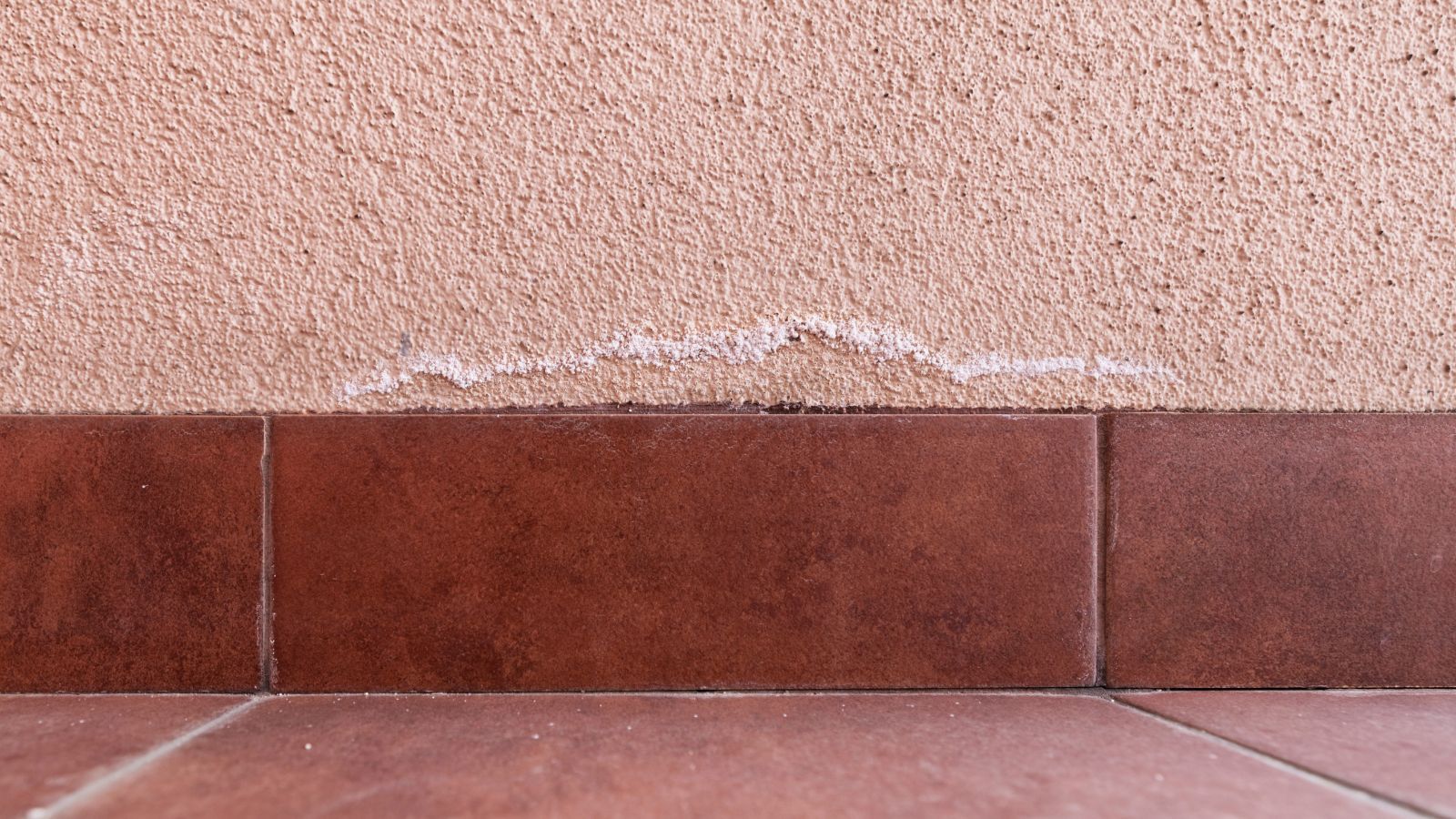
"Salt banding is the horizontal line that appears on a wall affected by rising damp, created as moisture draws salts up through the masonry. Jess Thomas, managing director of Drainage Central, explains that it's "the visible line that indicates how high rising damp has reached," formed by salts accumulating in the wall fabric. These salts remain active and continue to absorb moisture, keeping the surface damp even after the original problem is fixed."
"Barrie Francis, damp and timber specialist at Timberwise adds that this band is caused by hygroscopic salts - mainly chlorides and nitrates - which are left behind as the wall dries out. These salts pull moisture from the air, so the wall may always appear damp at the same height. In some cases, they can absorb enough moisture to dissolve into a liquid, known as deliquescence."
Salt banding appears as a neat horizontal line where salts deposited by rising damp concentrate as moisture evaporates. Hygroscopic salts (mainly chlorides and nitrates) remain active and continue to absorb moisture from the air, keeping the wall surface persistently damp and sometimes dissolving into liquid via deliquescence. Salt banding often differs from visible efflorescence, which forms white crystalline deposits. Surface may look sound but feel damp and cause paint and plaster to bubble when redecorating. Proper treatment requires removing or neutralising salts and addressing the underlying rising damp to prevent recurrence.
Read at Homebuilding
Unable to calculate read time
Collection
[
|
...
]